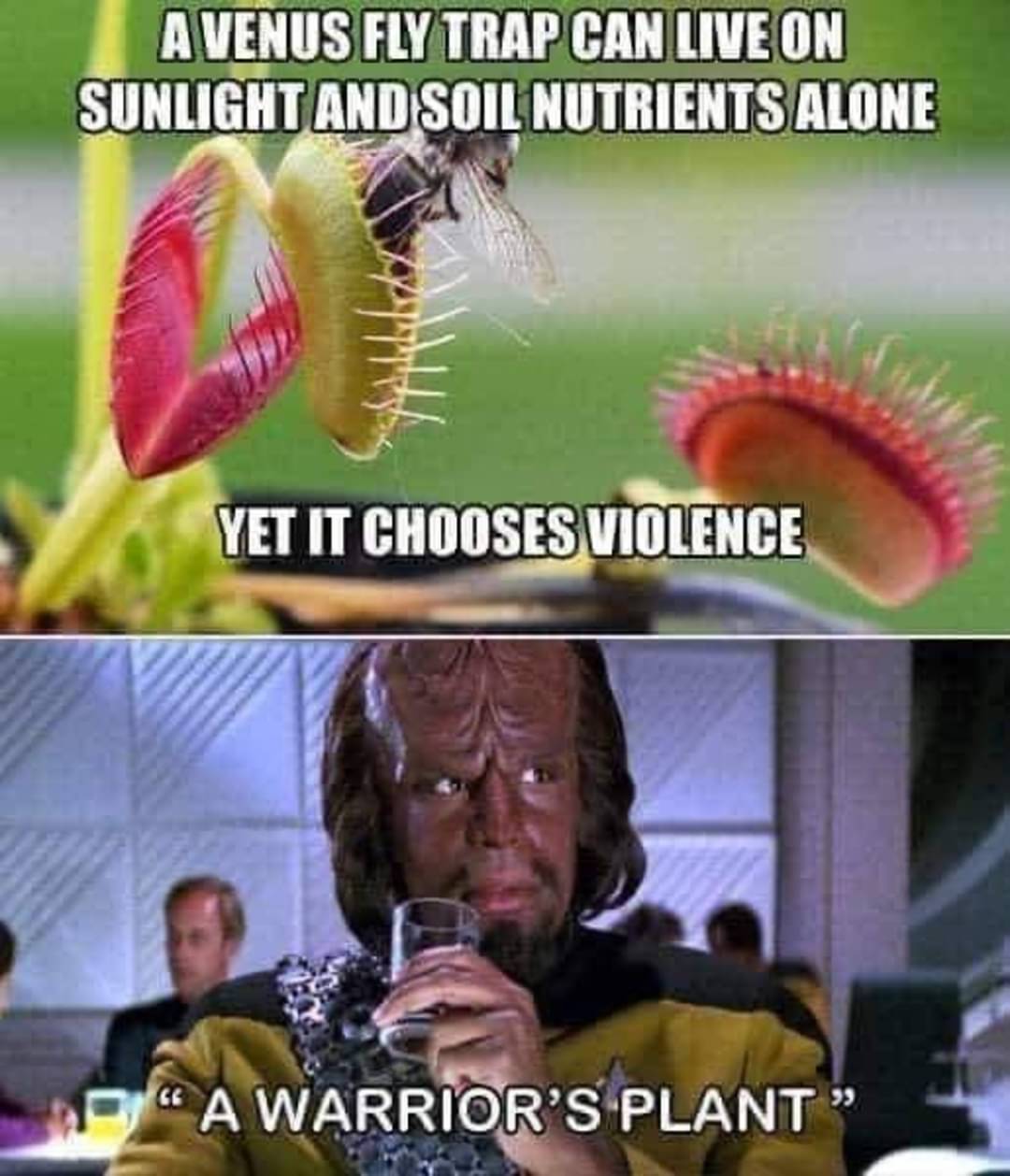this post was submitted on 26 Jun 2024
370 points (96.0% liked)
Science Memes
9223 readers
2300 users here now
Welcome to c/science_memes @ Mander.xyz!
A place for majestic STEMLORD peacocking, as well as memes about the realities of working in a lab.

Rules
- Don't throw mud. Behave like an intellectual and remember the human.
- Keep it rooted (on topic).
- No spam.
- Infographics welcome, get schooled.
Sister Communities
Science and Research
Biology and Life Sciences
- [email protected]
- [email protected]
- [email protected]
- [email protected]
- [email protected]
- [email protected]
- [email protected]
- [email protected]
- [email protected]
- [email protected]
- [email protected]
- [email protected]
- [email protected]
- [email protected]
- [email protected]
- [email protected]
- [email protected]
- [email protected]
- [email protected]
- [email protected]
- [email protected]
- [email protected]
- [email protected]
- [email protected]
- !reptiles and [email protected]
Physical Sciences
- [email protected]
- [email protected]
- [email protected]
- [email protected]
- [email protected]
- [email protected]
- [email protected]
- [email protected]
- [email protected]
Humanities and Social Sciences
Practical and Applied Sciences
- !exercise-and [email protected]
- [email protected]
- !self [email protected]
- [email protected]
- [email protected]
- [email protected]
Memes
Miscellaneous
founded 1 year ago
MODERATORS
you are viewing a single comment's thread
view the rest of the comments
view the rest of the comments

Not true. VFTs prefer nutrient poor soil. In fact, the main reason owners of these plants fail to keep them alive is not watering them with pure enough water. You’re supposed to use water with a TDS below 100ppm. Rain water or RO water preferred.
The reason these plants can survive in such low nutrient soils is because they evolved a different mechanism for obtaining nutrients.
I was wondering about that, I saw a botanist’s video about a carnivorous plant nursery and he mentioned plants like VFTs and pitcher plants evolved in high-precipitation areas where the soil has been leached of nutrients.
I've seen both conditions with pitcher plants, don't know what to think.
The swamp down the street is packed with nutrients, has to be, and that's where I've seen them thrive. OTOH, I've seen fields of them where it's marshy, but I'd guess the soil is thin like everywhere else around here.
What country/region is this? If you don't mind me asking
NW Florida. Not legal to grab them, but I've moved some to my swampy camp in the boondocks. Growing some in a buried trashcan pond, getting seeds to spread around.
Given the way they're describing it, US south/southeast. The pitcher plants that grow there grow in marshes and swampy grasslands are from there. Pitcher plants elsewhere in the world are a different type all together, and are generally epiphytes or close to it.
Except Australia and certain south American highlands. Or the pacific northest US. There are like 4 families of pitcher plants, only two of which are closely related (counting sarracenia and darlingtonia together with heliamphora in the family and nepenthes and cephalotus on their own).